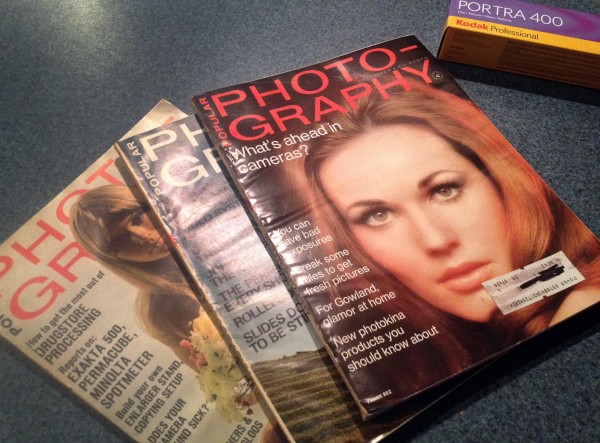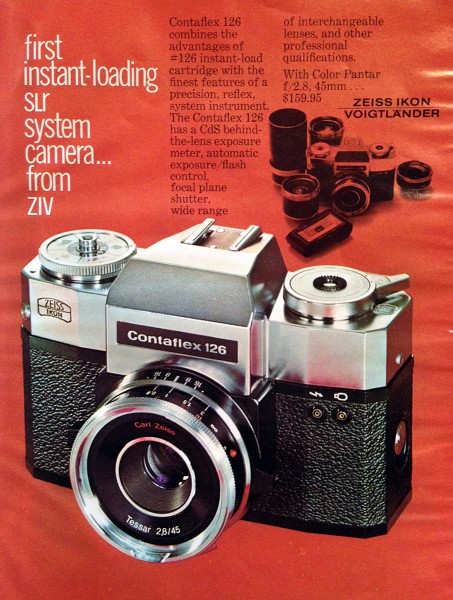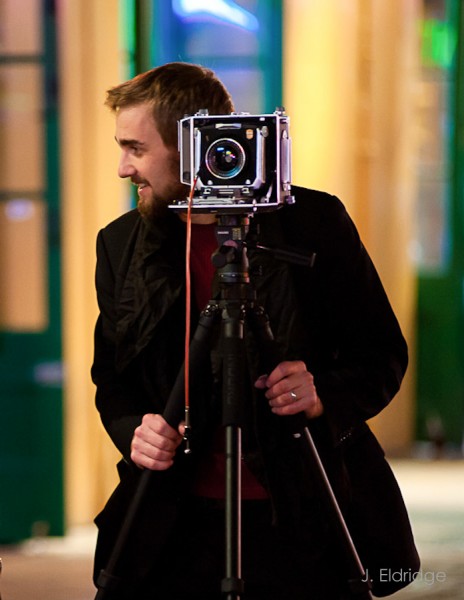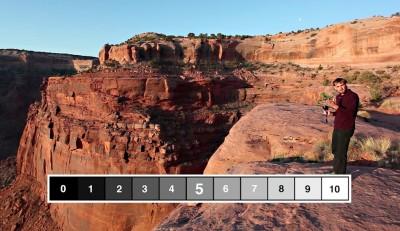This is an article I was originally asked to write for Professional Photographer Magazine, a good read – The problem was that editing department hacked it up so badly that it was barley even my words anymore. Such is life, but I opted to not have it published. Below is the full version of the article with a few extras since I didn’t have a word limit here. Enjoy – Gavin Seim
____
I’m going to share a few things that can fundamentally change how we make images. NONE of them are new – Sometimes it seems we arrived at digital and left behind a hundred and fifty years of photographic knowledge. I spend a lot of time studying classic techniques. Why? Because it’s not new – It’s time tested. It works. In this digital age we can get so caught up in gadgets, software and tools that we neglect how to make images beautiful from the start. I’m from the digital generation – So while I fully relate, I’ve learned to stop looking for buttons and start looking for light.
1. The Tones:
Ken Whitmire once taught me that “Tone” may be the least understood and least utilized factor in composing and finishing images.” He was right. With digital it’s easy to think “that’s easy”. But as a lover of film and digital, I’ve learned they’re not so different. A great photograph is light and shadows – We must see in terms of tone and how it relates to what we want to capture. Exposure, burning, dodging, finishing – Proper use of tone can literally take the viewer anywhere we want them to go. Now that’s power.

2. The Zones:

I’ve been trying to decide how to discuss Ansel Adam’s Zone System in few words. Zones may be the most neglected tool in photography today. They offer a core to how we communicate and photograph light. Zones are not just for film or black and white. Once you truly understand them you never see the same again. The Zone System is broad reaching. But it’s core is the beautify simple Zone Scale, a representation from black to white. Combine Zones with a simple understanding of metering and there is no over, or under exposure. There’s only your exposure. Your intent. I can’t explain it all here, but there’s a free video covering the basics that I posted over at exposedworkshop.com. It’s an excerpt from my EXposed series and will get you started. Don’t ignore Zones because they will change your photography. You can also read my article on using Zones here.


3. Space, Position, Line:
Ken Whitemire, the pioneer and master of the wall portrait, showed me the value of tones in relation to space, position and line. He has an amazing lecture he gives about this at the Wall Portrait Conference each year – Essentially we need to think about the aesthetics of our image. For this reason I love studying masters like Bierstadt, Sargent and others. We must start by truly seeing our scenes. Think about the subject. How lines lead. Where are they positioned? Why? Is anything distracting? Should it be lighter, darker? Really – Truly – See!

4. Visualize – Again:
Are you really “seeing” in the minds eye? It’s easy to let this slide in an age of instant previews and post production fixes. But nothing replaces visualizing. Ansel reminds us that “The whole key lies very specifically in seeing it in the mind’s eye”. Regardless of our subject, we must stop, if only for a moment. See what’s in front the lens and decide what the subject needs. Then use space, position, line and tone to make that happen.

5. Finishing:
The image is captured. Win lose or draw we’ve done it. I’ve learned that slowing down throughout the entire process makes me a far better craftsman. That includes finishing. It’s easy to raise the bar in post if we stop worrying about making countless “decent” images and start thinking about how to take the “best” and make them sing. Fulfill that visualization, right up until the print is on the wall. That is mastering the photograph.
Until next time… Gavin Seim













